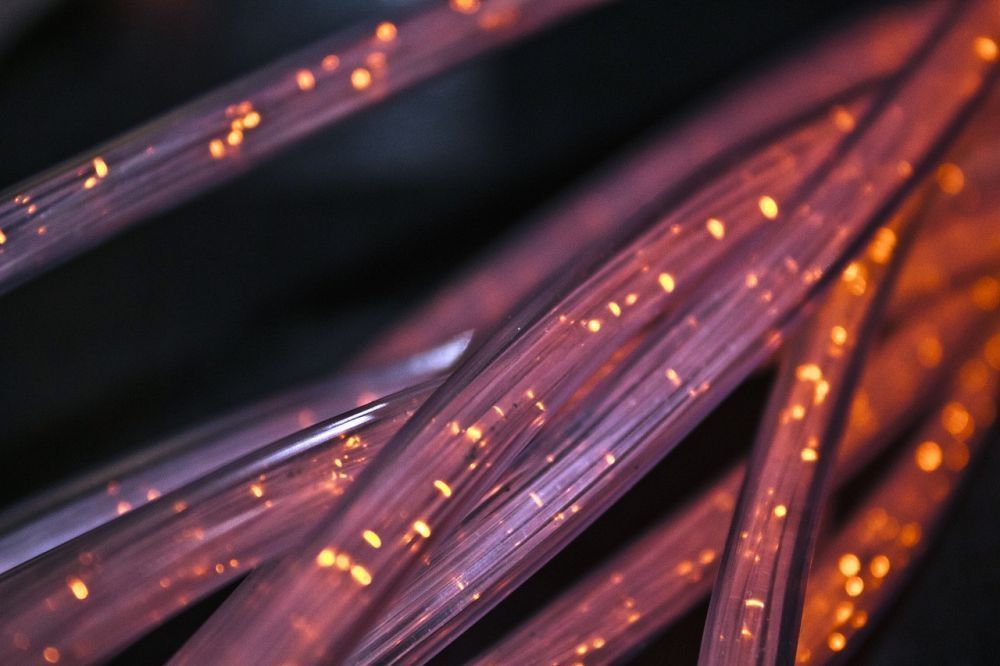
Why Do Some Electric Fences Require Perimeter Cabling?
If you’re new to the world of perimeter security electric fence systems, you might be surprised to learn that many of these systems require a variety of cabling around the perimeter of your site.
Let’s take a look at what kind of cabling electric security fence systems might require, how they are installed, and other factors that might affect the design, installation, and cost of your electronic perimeter security fence system.
Comms Cabling for Electric Fences
The first type of cabling your high-security electric fence might require is what we call comms cabling – or communications cabling if you prefer not to abbreviate it!
This type of cabling does what it is named for – it’s installed to carry communication signals from the fence energizers and equipment on the fence line to the management system in a security room or guardhouse.
There are many different types of cable that can be used for comms cabling, but the specification is usually designed around what kind of information needs to be transmitted and from which equipment. Often, electric fences that require this kind of cabling are part of an integrated perimeter security system, which means that your comms cable might also be transmitting information to and from lighting, cameras, and other equipment on the fence line.
Some newer electric fence systems can use Wi-Fi for communications, and there are also radio and telemetry options, but cabling tends to be a more reliable option, and it will work even in places where there is poor network connectivity and where there is interference that might affect wireless solutions.
Power Cabling for Electric Fences
The next type of cabling your electric fence system will probably need is power cabling.
Unless you are using solar-powered energizers for your fence (and even if you are, and you have gloomier seasons with less sunshine that requires a power backup), your electric fence energizers will require a power supply from somewhere.
When you are installing a multi-zone, high-security electric fence system, you will probably have energizers installed between each zone of your fence. If you have a large site, it’s unlikely that you will have power available at all or even most of those locations.
By installing a power cable around the perimeter of your site, you will be able to power all of your energizers reliably.
What Else Does Perimeter Security Electric Fence Cabling Require?
If you are installing a large, complex, high-security perimeter electric fence or integrated perimeter security, and you do need power and comms cables, you will probably need to allow for trenching and some kind of protection for your cabling.
Often, this means a large PVC pipe of some kind embedded in a trench, with draw-boxes at regular intervals along the fence line. This allows your electric fence installer to install the cabling and makes it easier to access your cabling if a repair is required.
Sometimes, if you don’t want to install a complex conduit and draw box system, and you are sure that there won’t be any digging or disturbance along your fence line, you can choose armored cable instead, but remember that that does cost more than many other kinds of cable, and it’s not immune to determined, malicious damage.
Speak to the Professionals
If you are trying to design a complex integrated perimeter security system that includes electric fencing, the best thing you can do is speak to the professionals, which in this case is usually the company that designs and manufactures the energizers you plan to use.
High-security electric fence manufacturers will already have information about which kinds of cabling you should use for different applications and fence types, and they will be able to advise about installation and maintenance too.
Also, remember that integrated perimeter security systems that include electric security fences don’t always stay the same, and more equipment might be added at a later stage. If you suspect your fence system might evolve over time, consider installing cabling that can handle your future changes too. It will cost a little more upfront, but it will save you time and money later.


